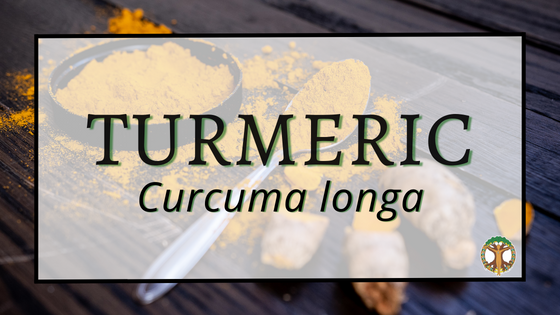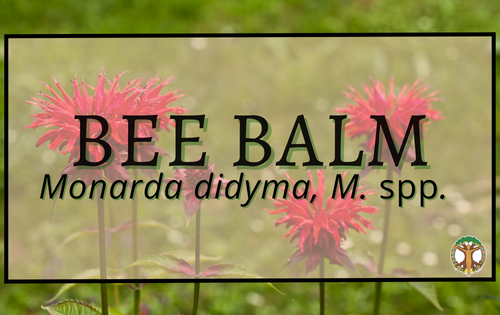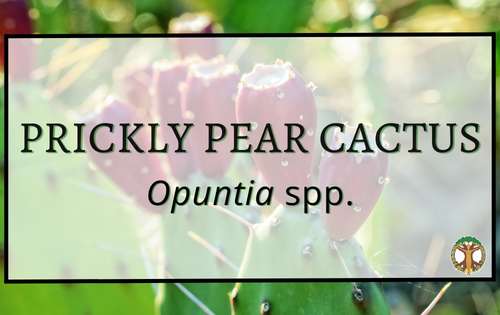
Turmeric
- Contributed by Maggie O’Halloran
Common Names Turmeric, yellow root
Latin Name Curcuma longa
Family Zingiberaceae
Habitat
Indigenous to India and Southeast Asia, it is now cultivated in tropical and sub-tropical climates all around the world. Satisfied in shade to part sun.
Parts Used
Rhizome (root)
History/Tradition
Indigenous to India, turmeric is now cultivated in tropical regions throughout the world. Turmeric is an important herb in Ayurveda and Traditional Chinese Medicine. It has a history of use spanning millennia and is considered energetically hot. It remains a significant herb throughout southern Asia and has gained in popularity in the United States.
Energetics
Flavor: Pungent, Bitter
Temperature: Warming, Heating
Moisture: Slightly Drying, Dry
Tissue State: Tight
Indications
Arthritis, digestion, eczema, bleeding, wounds, ulcers, diarrhea, liver problems, pain, Alzheimer’s, colds/flu, cancer, heart health, type 2 diabetes
Systems
Immune, Digestive, Urinary, Cardiovascular, Lymphatic
Actions
Analgesic, blood mover, cholagogue, antioxidant, astringent, carminative, anti-inflammatory, hemostatic, vulnerary, antispasmodic, anti-mutagenic, and hepatoprotectant
Cautions
No known cautions with moderate use
Constituents
Contains powerful antioxidant phytonutrients known as curcuminoids. The active constituent is curcumin, an antioxidant that reduces inflammation by reducing histamine levels and possibly by increasing natural adrenal corticoids. Although curcumin is not soluble in water, it is suspected that its’ metabolites may be therapeutically active and responsible for its’ medicinal effects. Other constituents include volatile oils 4-14% (turmerone, atlantone, zingiberene), sugars, resins, protein, vitamin C, & minerals.
Culinary Use
Used in tincture, tea, and culinary as chopped, grated, or powdered. Used for thousands of years as a spice, turmeric remains a popular ingredient in Asian and Middle Eastern cooking. It is especially recognized in Indian cuisine and is often added to curry powders, lentils, and potato dishes. The colorful and fragrant rhizome adds a unique and earthy flavor to stocks, sauces, and rice dishes. Because of its vivid hue, it has also been used as a food coloring in mustards, popcorns, cheeses, and yogurts.
Other Uses
Used to make yellow-orange dyes in ancient Greece and to color Kapa cloth in Hawai’i. Used with sandalwood paste in pre-marital bathing rituals. In India, it is used to stretch the ligaments to benefit the practice of yoga. Planted outside of homes in Hawai’i to repel termites.
A paste is used to plug radiator leaks in cars.
References:
https://mountainroseherbs.com/turmeric-root
https://www.herbrally.com/monographs/turmeric
De la Foret, R. (2017). Alchemy of Herbs: Transform everyday ingredients into foods and remedies that heal. Hay House, Inc.





